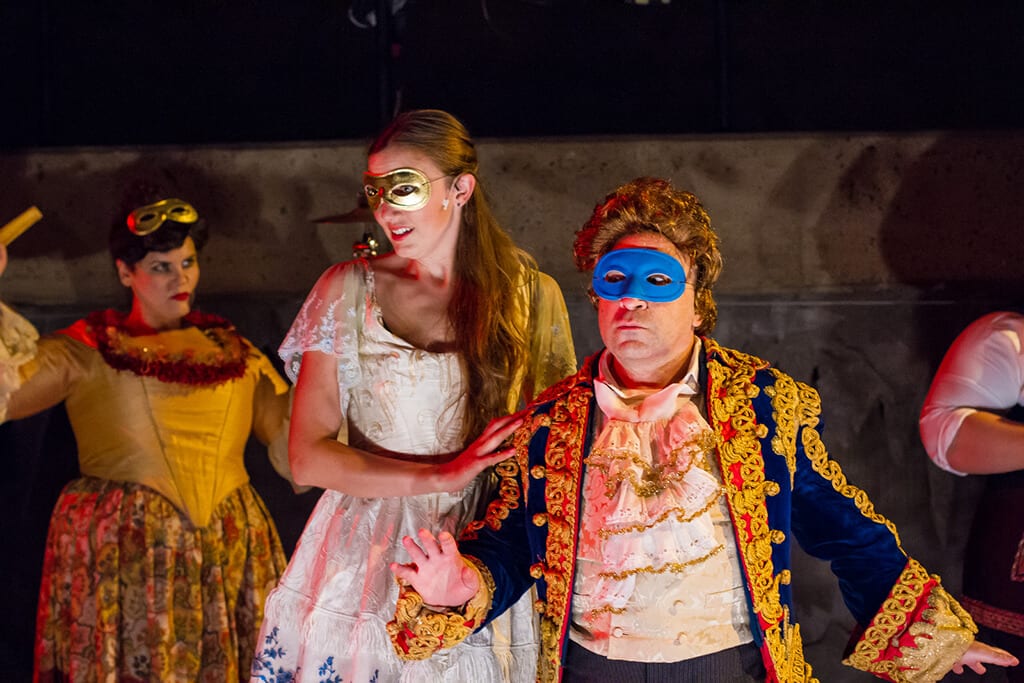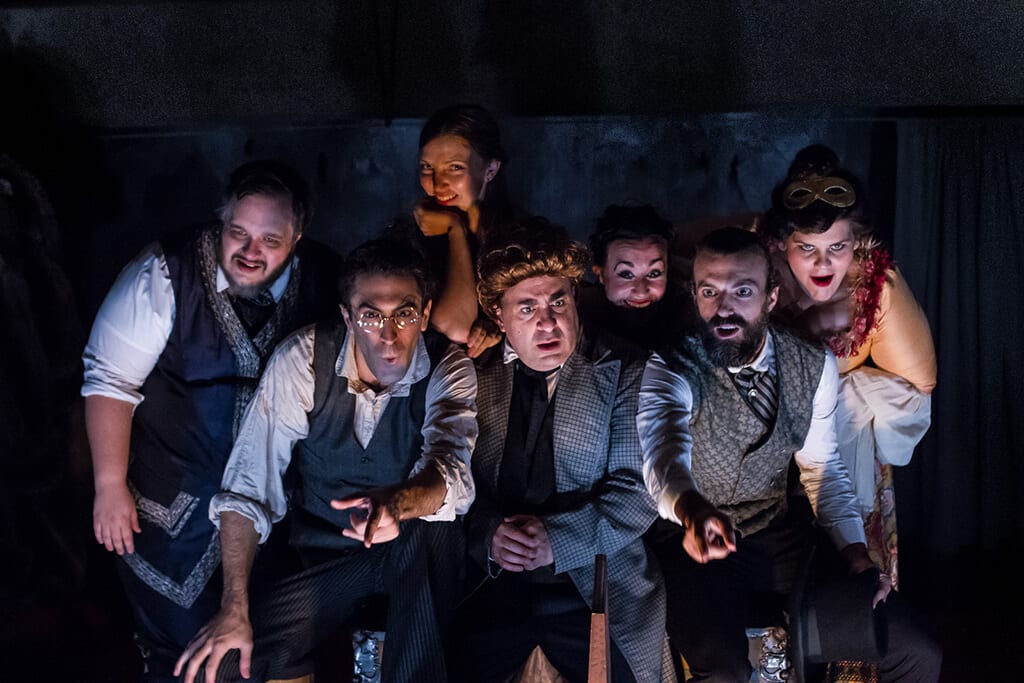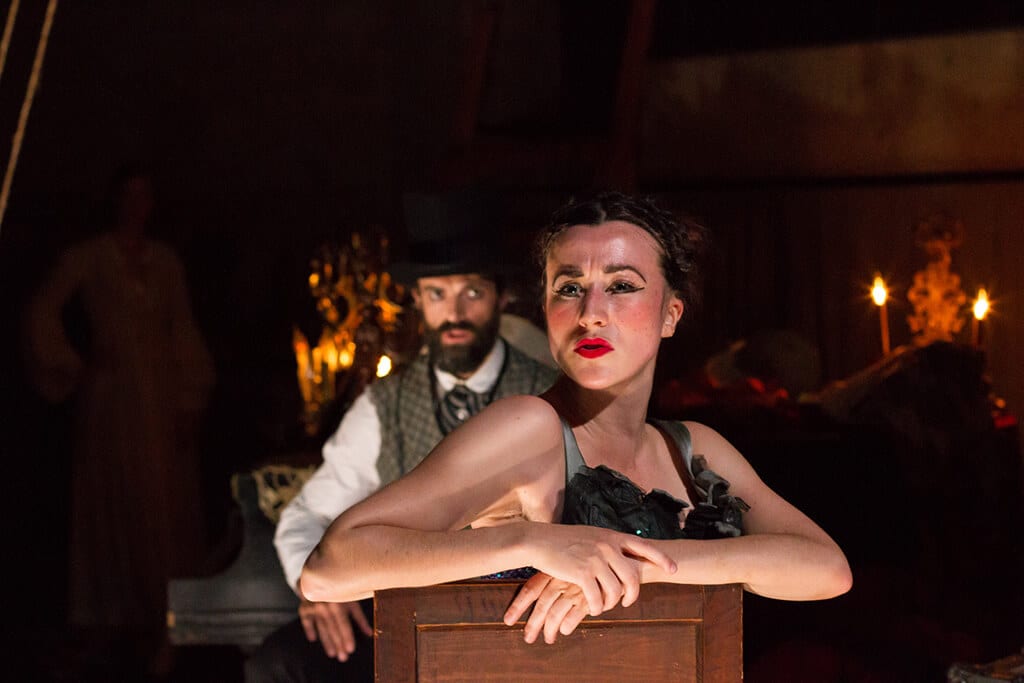The Black Crook figures prominently in theater history. First staged in September 1866, the year after the bloodiest conflict in the nation’s history came to an end and President Lincoln was assassinated at Ford’s Theater, the initial production ran for over sixteen months and by some estimates earned one million dollars, an unprecedented sum at the time. Undoubtedly, a war-weary and stressed out country was ripe for a tradition-smashing extravaganza of this magnitude. With a cast of over a thousand lavishly costumed singers and dancers from Berlin, Paris, London, and Milan, dozens of jugglers, skaters, and performance artists, and even a menagerie of animals, this synthesis of cabaret, burlesque, musical theater, and comedy may even be considered a precursor to the legendary Ringling Brothers and Barnum & Bailey Circus. For over twenty years, audiences, perhaps incited by admonitions from the clergy about the “tight clad figures of the dancing maidens” and “heathen orgies,” lined up to witness what soon became a mainstay of New York City theater. Soon after, this “magnificent monstrosity,” as it was sometimes called, became a national phenomenon.
The Black Crook follows a long line of stories based on the classic Faustian bargain. In this rendition, the unlucky Black Crook, Hertzog (Merlin Whitehawk), in order to save his own existence, is forced to do the devil, Zamiel’s, (Lizzie Hagstedt) bidding—find souls and lead them to eternal damnation in exchange for love, fame, and riches. The hapless, impoverished, and love-torn Rodolpho (Steven Rattazzi) becomes an easy first mark for this devilish arrangement. Infatuated with the beautiful Amina (Alaina Ferris), he loses both his love interest and freedom to the wealthy and powerful Count Wolfenstein, who locks him away in a dungeon. Liberated by Stalacta, the fairy princess, Rodolpho reclaims his beloved Amina, and The Black Crook is condemned in his place to an eternity in hell.
150 years after it initially opened, The Black Crook is now undergoing a revival at The Abrons Arts Center on the Lower East Side. In this version of the show, however, the original extravaganza has been reduced to a cast of eight. Not only do all these actors play multiple parts, at times they also attempt to step out of the performance completely and become historical witnesses to the play’s original theatrical and financial triumphs. For a short while, this all seems to work relatively well. To their credit, the actors’ considerable talent and impressive timing seems to overcome this demanding undertaking. Soon, however, the scheme comes undone. Understanding which character the actors are playing becomes virtually impossible. In a little while the plot completely unravels, and the performance grows tedious. In fact, during one of the historical reenactments, one of the actors cheekily alludes that the storyline has essentially become incomprehensible.
This was no joke.
When the play opened in 1866, the medium was indubitably the message. With a cast of a thousand, any deficiencies in the storyline would have been overcome by the elaborate costumes, the celebrated singers, the world-renowned dancers, the wild animals, and the spectacle itself. Overall, the 2016 revival offered its audience no such similar experience, even one significantly scaled down. The singing might best be described as pedestrian and muted, and the dancing did not seem particularly well choreographed. Costumes were lackluster, and the sound effects and music were amateurish. Once the plot was lost, little else remained. As a result, one wonders why this particular show was even chosen to revive on this stage, except to serve as a parody of the original. Even exceptional acting performances by Jessie Shelton, Kate Webber, and, at times, Christopher Tocco, hardly did justice to this historic cultural phenomenon.



